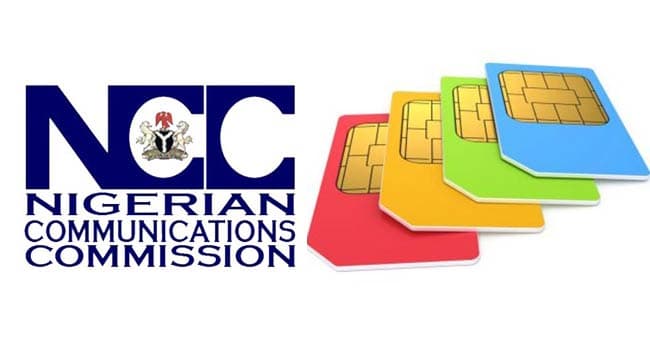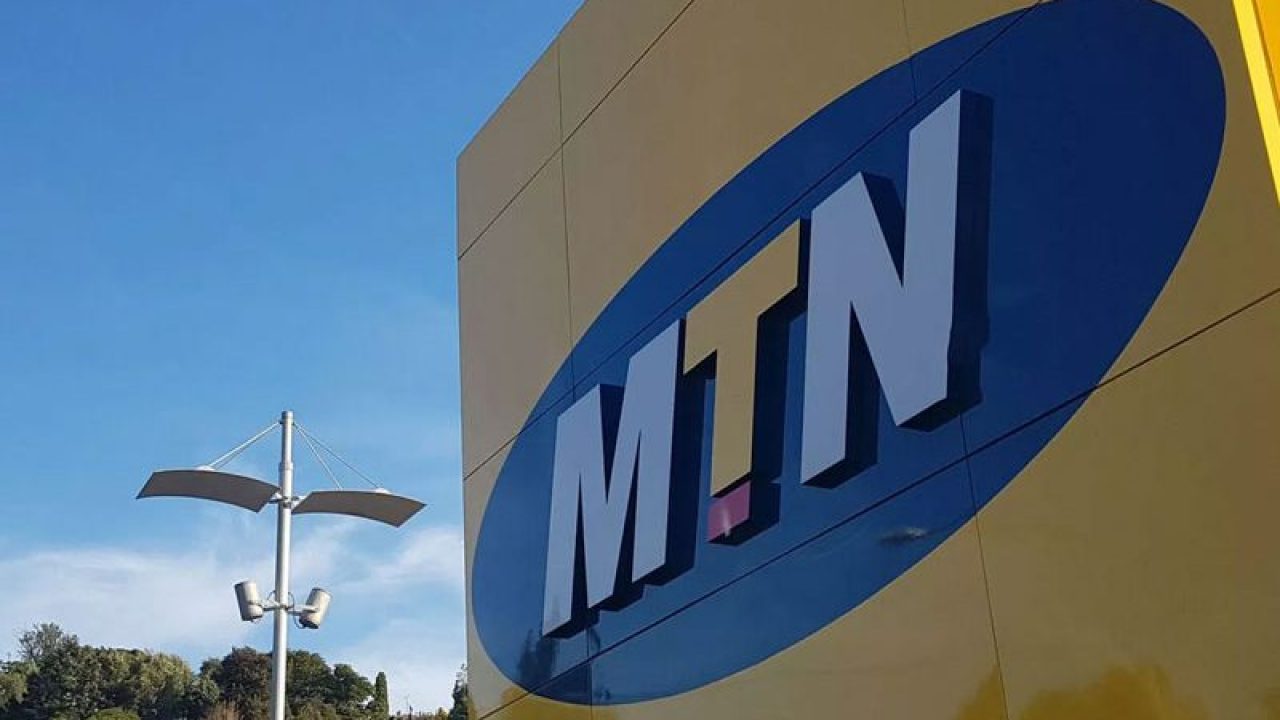Nigeria has attained 70% localization target of internet traffics, placing her among African countries with most developed internet ecosystem.
The Internet Exchange Points (IXPs) played focal roles in realizing this goal.
What is an IXP?
An IXP is a technological infrastructure that allows the inter-connection of multiple networks like Mobile operators and internet service providers.
It also connects Content Delivery Networks (CDN), enterprise networks, and many others who then exchange traffic or connectivity.
Since their adoption, the IXPs enabled local traffic exchange and access to contents in Nigeria.
This was because, “their use lowers the cost and latency of traffic exchange.”
Imagine trying to download a two minutes song on the internet and it is taking hours to download.
Also, assuming you end up losing your data yet, the download was unsuccessful due to the dormancy of the internet.
Well, IXPs shorten this dormancy and also reduce cost for user.
ALSO READ: Internet Subscribers Dropped Below 150 Million In February
How IXPs work:
IXPs also increase the flexibility of the Internet ecosystem, said the Internet Society.
These improvements saw internet exchange points in Nigeria experience significant growth in the last ten years.
Also, the Nigerian Communication Commission’s (NCC) report corroborates this.
The NCC recent report, for instance, said Mobile (GSM) data subscription for internet grew to 140, 488,490 million in May, 2021.
This figure, according to NCC, was, however, slightly below the number in November 2020.
The figure was 154, 878, 203 million.
The growth made internet connectivity in the country become less foreign, faster, cheaper and more home-grown.
The Internet Society goal:
This feat came after the Africa Regional Bureau of the Internet Society agreed to reduce foreign Internet traffic in Africa to 20%.
The society adopted an 80% goal during an Interconnection and Traffic Exchange (ITE) Program for the past 10 years.
The community also had resolved to upscale the local internet traffic in the continent to 80%.
Consequently, a new report by the community revealed that Nigeria’s internet connectivity has reached 70%.
The report said connectivity, especially in Nigeria in the last ten years, has improved exponentially due to IXPs growth.
According to the report, “…there is a boom in Africa’s Internet exchange points’ development in the last 10 years…”
It said the growth makes the “continent’s Internet affordable, faster, better performing and more local.”
The report also noted that the IXPs in Africa grew significantly from 19 in 2010 to 46 in 2020.
“The rapid pace of Internet ecosystem development in both Kenya and Nigeria since 2012 underscores the critical role that IXPs and the accompanying infrastructure play in the establishment of strong and sustainable Internet ecosystems,” it noted.
The IXPs also helped to boost Nigeria and Kenya’s revenues by saving cost from telecommunications.
“IXPs enable Kenya and Nigeria to save millions in telecommunications costs and raise additional revenues in these countries.”
The IXPs simultaneously hastened “local data exchange, and encouraged “the development of locally hosted content and services.”
Role of IXPS:
IXP plays multiple roles. It allows local exchange of traffic among access providers.
IXPs also allow exchange between content providers and access providers.
They equally enable the exchange of local traffic and access to content.
The internet Community revealed that an IXP can also “deliver benefits to local Internet subscribers (aka, end users) and organizations.”
“And as an IXP grows, it can become a hub for exchanging and accessing cross-border traffic within its region.”
It can as well be a hub “for international traffic and content.”
It also enables “local traffic to be exchanged locally.”
Levels of growth measurement:
The Internet Society used three levels of traffic localization as indices to gauge the improvements.
According to it, “we identified three stages of development, depending on the level of localized traffic, and driven by connections between and among Internet service providers (ISP) and content providers.”
While stage 1 has between 1% and 30% localization, stage 2 has between 30% and not more than 70%.
Stage 3, according to the community, is between 70% and above.
Level 1:
Also, in Level 1, the IXP enables exchange of local traffic between local access providers.
Benefits of this stage include lowering of costs for access providers and lowering inactivity of traffic exchange nodes.
Stage 1 also helps greater network resilience from not relying on international connections for local traffic exchange.
Level 2:
In Level 2, the IXPs attract international contents and make them locally available. This level increases cost savings and lowers dormancy when accessing content. It makes access to the contents more flexible.
This flexibility results in an increase in usage of that content. It also increases the revenues of Internet Service Providers that sell data packages.
Level 3:
In level 3, local content is hosted locally and not in data centers located abroad.
This stage localizes 70% or more of the contents to benefit the end users more.
This level also provides opportunities for local content developers and the companies that host them.
It does this by helping to promote digital economy in the country.
Therefore, Nigeria moved from Stage 2, “with 30% local traffic in 2012,” to “Stage 3, with 70% local traffic in 2020.”
The report said Nigeria clinched the third position as country with IXPs in Africa with developed Internet ecosystem.
While Kenya came second, South Africa remains 1st and with the most developed internet ecosystem in Africa.
Meanwhile, before the 80% resolution, the internet connectivity in Africa was less affordable and very slow.
The internet connections in the continent were also majorly foreign and less reliable.
Also, costs for the poor and slow services were rather very high.
IXP Growth:
Although the IXPs started increasing in Africa, some of them could only carry just 300 megabits per second (Mbps).
This was because, “many of them were “yet to boost the levels of Internet traffic that is locally exchanged from 20% to 80%.”
Consequently, many African countries could not keep pace with the increased need for Internet access and usage.
Therefore, Nigeria, South Africa and Kenya, according to the report, became the only African countries to scale 70% in 2020.
But the internet traffic growth in Nigeria is, especially significant as it saves the country huge cost.
“Customers spent $5.92 and $12.75 for 500mb prepaid data to access the internet in Kenya and Nigeria respectively when 80% of their traffic was routed abroad before 2012,” said Internet society.
It said the growth of the IXPs in in Nigeria, however, saw a reduction in cost from exchanging traffic locally.
“IXPS enabled the local exchange of internet traffic, avoiding the use of expensive international transit routs.”
Nigeria’s IXPs grew to peak traffic of 125 Gigabits per second (Gbps) in 2020.
The growth saved the country forty times worth of value by yielding USD 40 million per year.
The Society said, this development made internet access “much more affordable.”
Distribution of IXPS in Africa during period under review:
Many IXPS founded in Africa increased since the launch of the goal in 2010.
As at 2021, more than half the countries in Africa have an IXP.
The IXPs in Africa grew significantly from 19 in 2010 to 46 in 2020.
According to the report by the society, “six countries have more than one.”
Nigeria is among the countries that had high IXPs as she attained 70% of the goal.
However, the report recommended thus: “while the 80/20 goal was not reached by last year, the community should set a new goal with the confidence that its activities will continue to have a strong, positive influence on the African IXP ecosystem.”


















 and then
and then